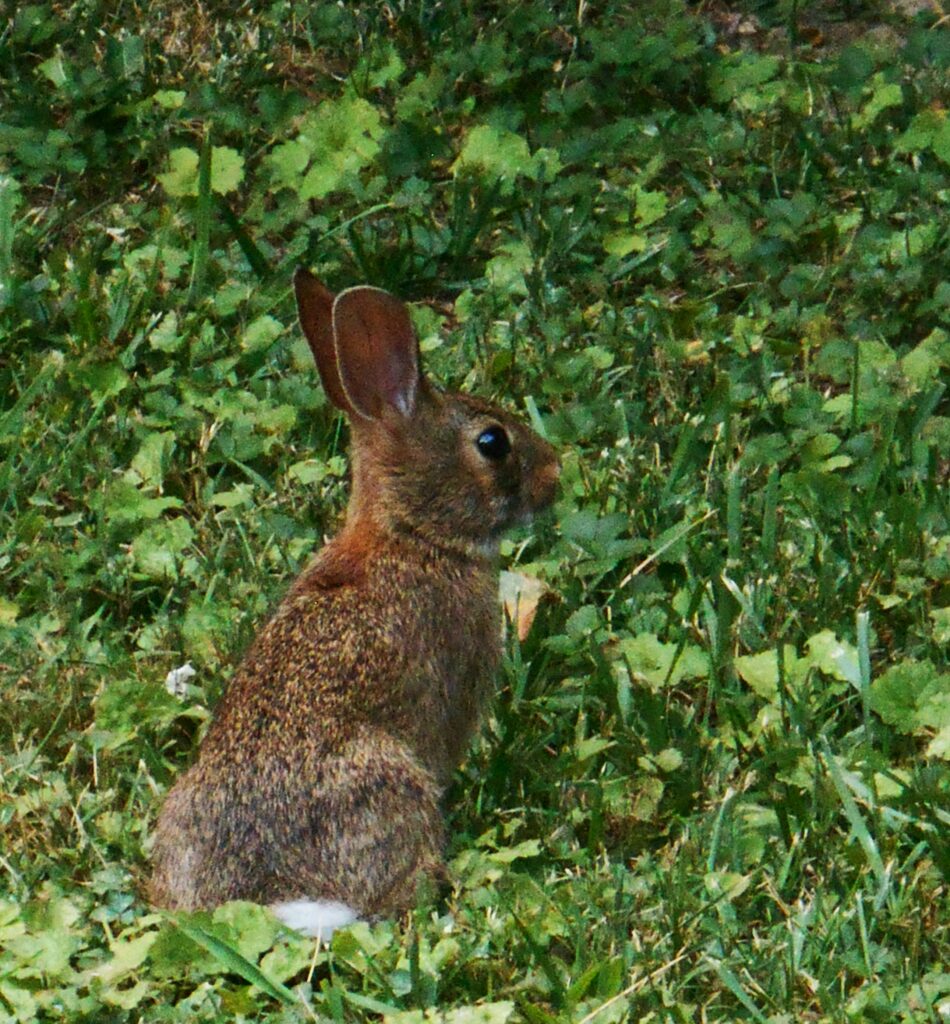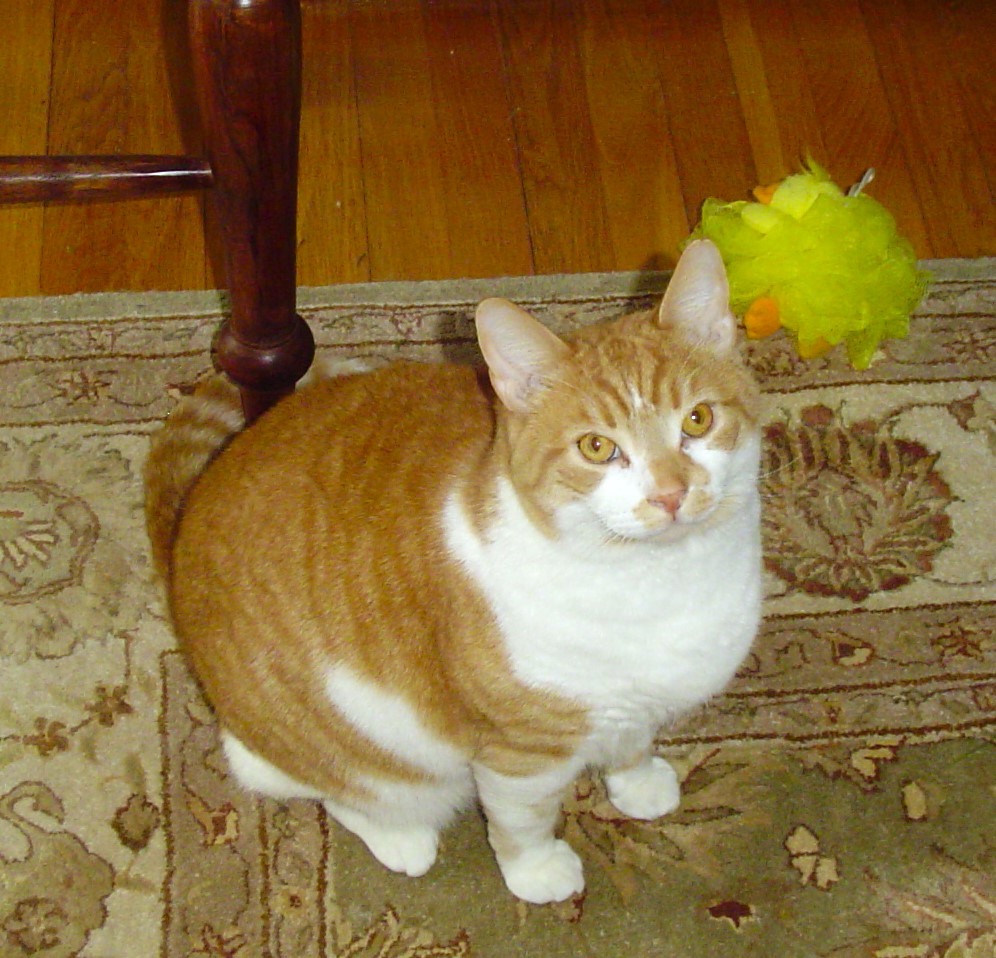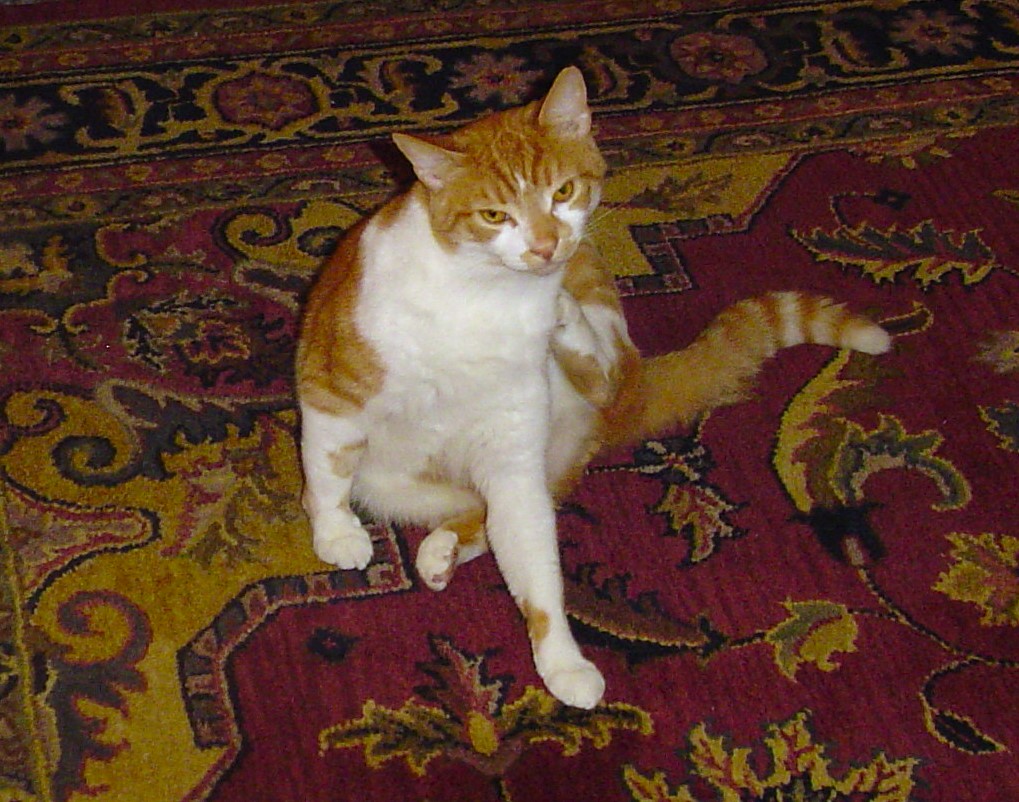National Cat Day and Adoptoberfest, HHS
Remembering Our Cats in October
Many of us who enjoy making gardens and nurturing plants also enjoy caring for our companion animals. October begins with The Blessing of the Animals, or St. Francis of Assisi Day on October 4, and our awareness of animals, both wild and domesticate continues as we watch birds flock up to migrate, squirrels chase one another across our yards. We celebrate Global Cat Day on October 16 each year and National Cat Day on October 29. When Colleen Paige established National Cat Day in 2005, her mission was, “To help galvanize the public to recognize the number of cats that need to be rescued each year and also to encourage cat lovers to celebrate the cat(s) in their lives for the unconditional love and companionship they bestow upon us.”
Our Long History with Companion Cats
Our history of cooperation between people and cats goes back at least 12,000 years, to areas of the Middle East, according to archeologists. Dr. Claude Ottoni, of the University of Rome, tells us that historically, sailors would bring cats onboard their ships to “help protect food storages on board by killing rodents. This allowed cats to spread across the world.” DNA analysis shows that cats have changed very little over the past several thousand years and that our companion cats today are very much like their wild ancestors.
We observe our companion cats showing many of the same behaviors as their wild cousins, like lynx, bobcats, and panthers. They conserve their energy, observe closely, and hunt with enthusiasm. Even our beloved pets remain independent and inscrutable. The earliest relationships between cats and humans were transactional, as cats hunted rats and mice and humans gave them a warm place by the fire and supplemented their diet with milk and scraps of meat. Cats remain hunters today, pursuing not only mice and voles but also birds, snakes, lizards, baby rabbits and baby squirrels.
Cats and Gardens
This causes unique problems for cat loving gardeners who also entice birds and other wildlife with feeders, water sources, and wildlife supporting plantings. Our beloved cats can pose an existential danger to other beneficial creatures we want to also nurture and protect. I well remember a neighbor’s cat who used to come to our yard to sit under shrubs and lounge in the crook of a tree to hunt the wildlife that frequented our garden. It is perhaps more humane to keep our companion cats, particularly young and energetic ones, indoors and let them enjoy watching birds and squirrels through a window rather than hunting them in our yards.
Many common plants are also toxic to cats. The ASPCA publishes a list of toxic but popular plants that many of us grow, indoors and out, without realizing that they pose a danger to our cats. Most of these are only toxic if our cat eats them. This is yet another reason to keep our cats indoors instead of letting them roam, so we know they aren’t getting curious about a plant that can poison them. Indoor plants can be placed out of reach if they pose a problem to our pets. But many cats like to chew on grass, and are also attracted to catnip or catnip, a harmless member of the mint family. We can certainly grow a flat of grass or wheatgrass, or pot of catnip for our cat on a screened in porch or sun room. Cats may also enjoy lemongrass and other herbs in the mint family. We can also grow catnip in the garden and harvest it for our cat as a treat from time to time.
Benefits of Keeping Our Cats at Home
‘Outdoor’ cats let out to roam may not only explore toxic plants, but may also get into a neighbors’ pesticides or vole traps, run into traffic, or pick up fleas, ticks, or parasitic worms while outside. Our neighborhoods today are different in many ways from family farms and more rural areas where earlier generations, perhaps in our own families, let their cats freely roam. We should also keep in mind that many species of birds are now endangered, some nearly extinct, and that allowing cats to hunt them for sport further decimates our wild bird populations. Domestic cats kill around 2.4 billion wild birds each year, according to the American Bird Conservancy. Domestic cats, allowed to roam outdoors, are considered a factor in the extinction or near extinction of 63 species of wild birds, reptiles, and mammals.

Cats allowed to roam hunt instinctively, killing billions of small animals each year. Gardeners who attract and shelter wild animals will want to keep their cats indoors to protect other wildlife.
Another consideration for keeping our beloved cats at home is the more extreme weather we experience today, with record breaking, prolonged heat waves and sudden winter storms. Like us, cats are healthiest and happiest with moderate temperatures and a dry shelter against the weather. Animals left alone outside need sources of clean water, shade, and places to hide. Water and shelter also invite wild animals who need them, putting them in even greater danger from cats hunting for sport. So keeping cats indoors not only protects them and keeps them healthier and more comfortable, but also protects other wildlife attracted to our yards.
Adopt in October
If you have space in your heart and in your home, this is the perfect time to seek out a companion cat, providing a home to an animal in a shelter who needs love and a forever home. Cats are quiet, take up little space, are intelligent and easy to train, and become very loyal and loving to their humans. Their needs are few while their loving presence is immense. Our own Heritage Humane Society has an Adoptoberfest special on adoption feeds through the end of October. There are many cats needing forever homes, and many of us with love in our hearts and a quiet place in our home to welcome a kitten or an older, already trained cat needing love.
In case you are wondering, both International Dog Day and National Dog Day, founded in 2004, occurs each August 26. But none of us need a special day to adopt a loving animal into our family. We celebrate our companion animals each and every day we spend with them.
All photos by E. L. McCoy




